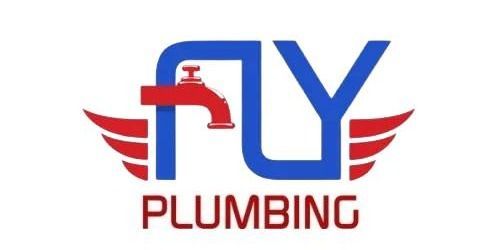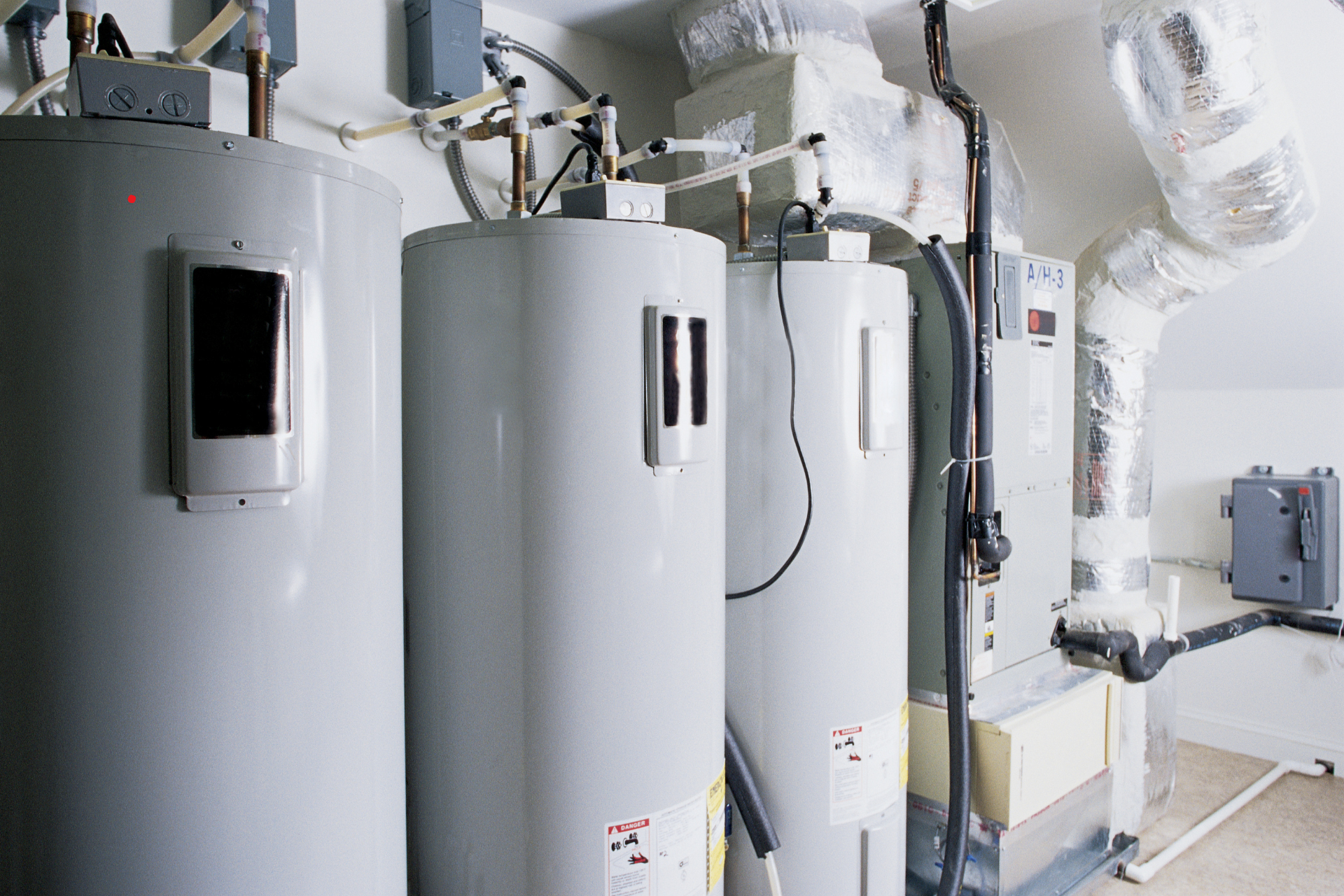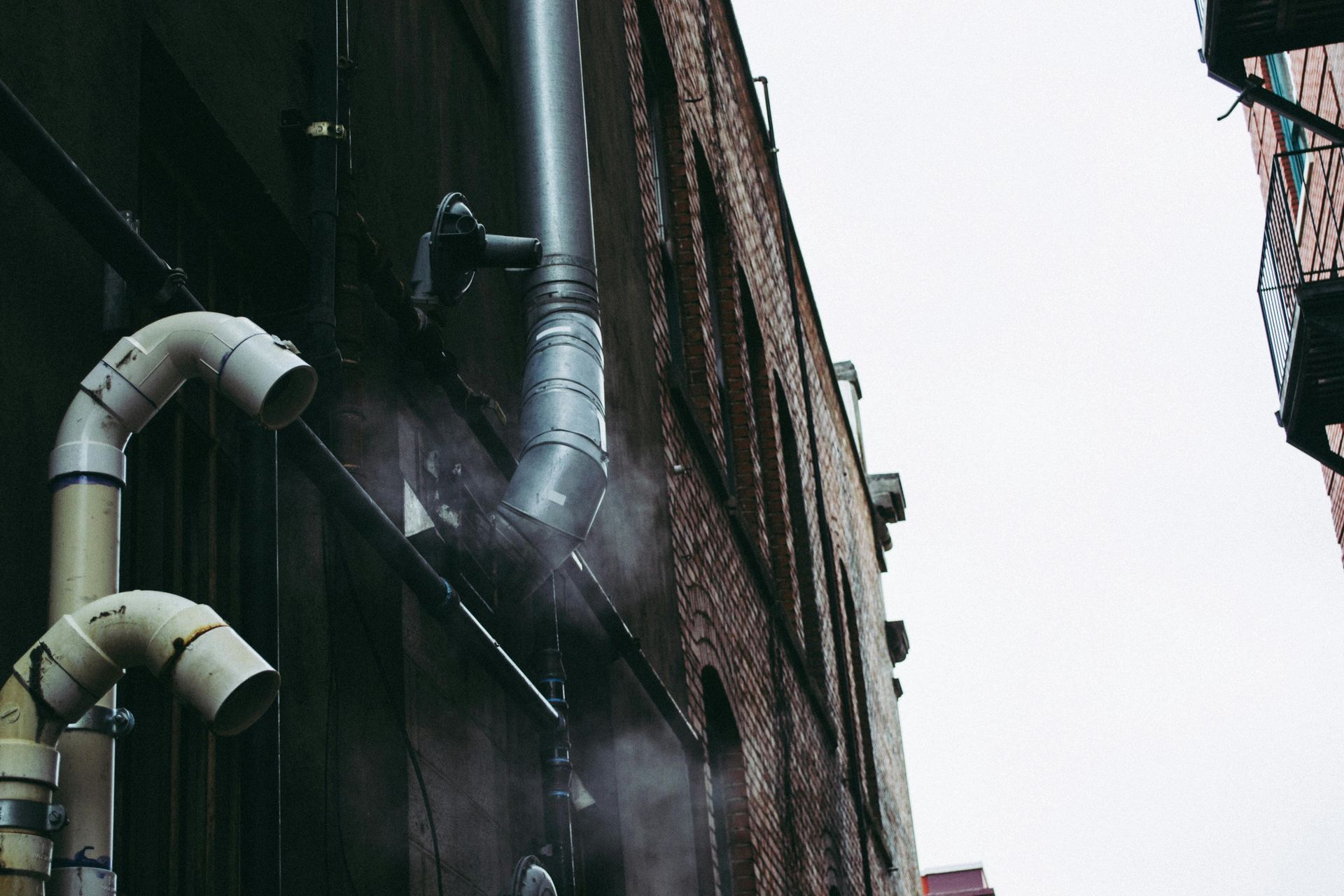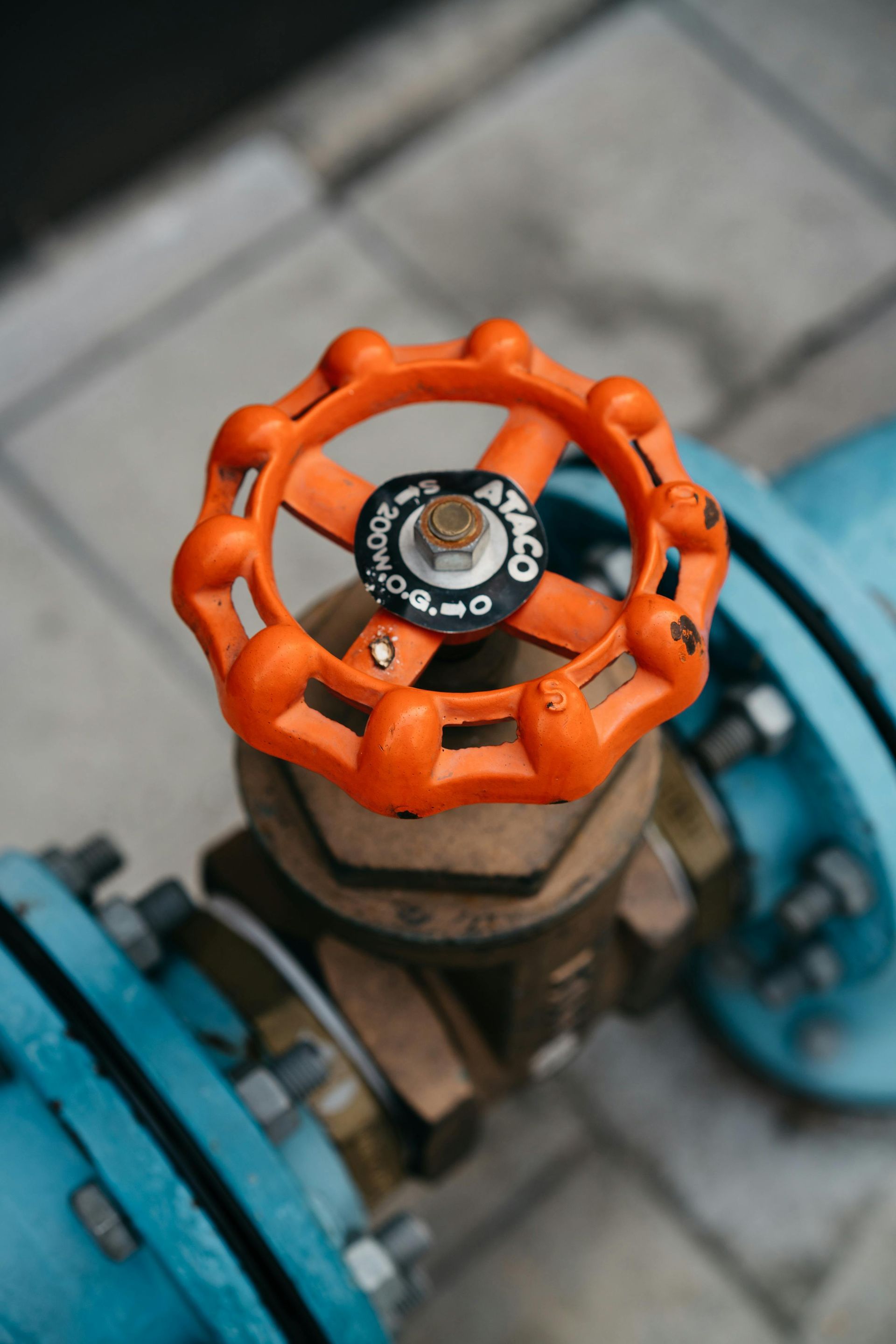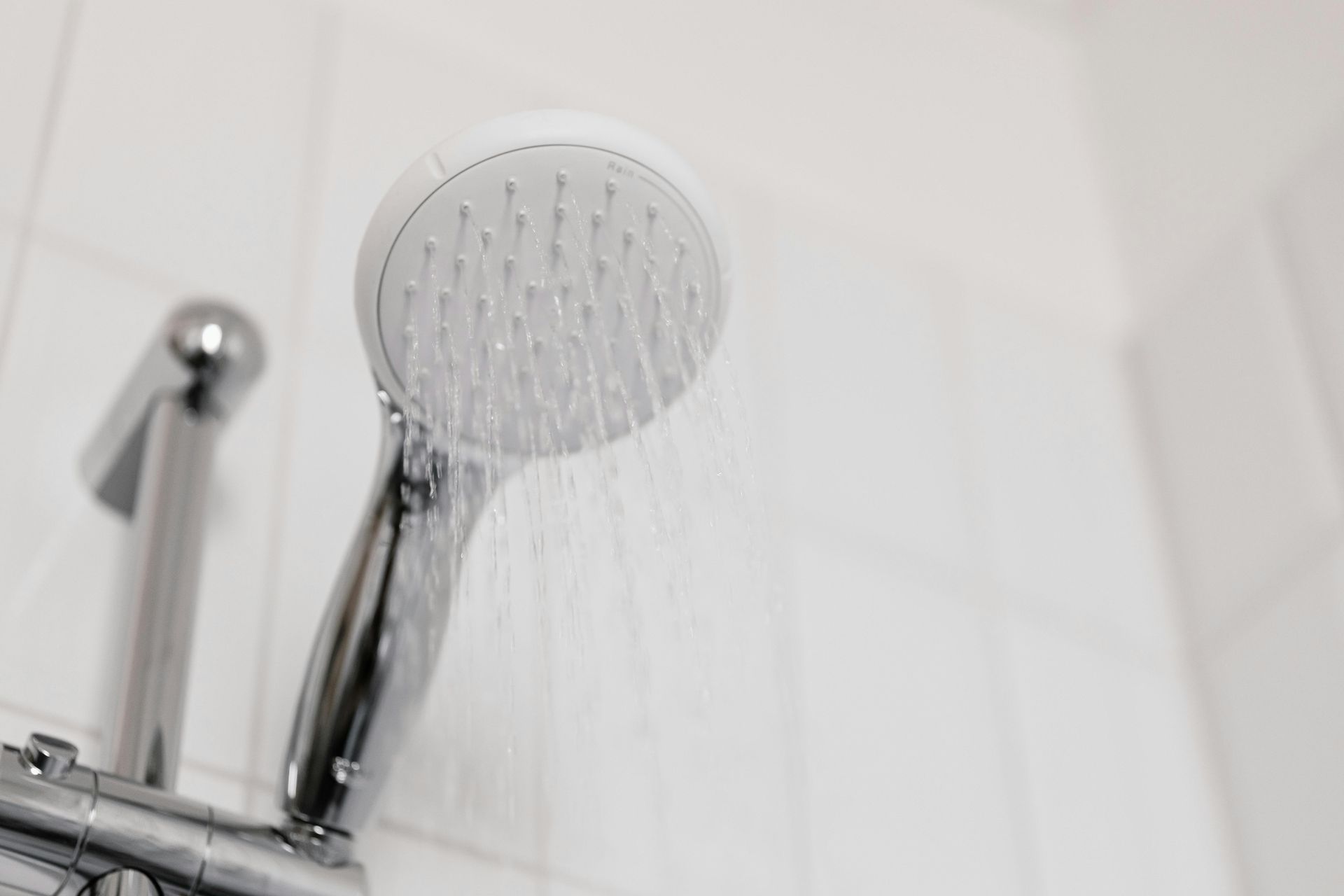Understanding the Purpose of a Water Heater Expansion Tank
Modern plumbing systems are designed to handle pressure fluctuations, but certain conditions—especially those involving heated water—can create stress that standard setups aren’t equipped to manage alone. One of the most important safeguards in this context is a water heater expansion tank. Yet many homeowners have never heard of it, let alone understand why it might be necessary.
What Is a Water Heater Expansion Tank?
A water heater expansion tank is a small, cylindrical vessel usually mounted above or near your water heater. It’s connected directly to the cold-water supply line. Inside the tank is a rubber diaphragm that divides the tank into two sections—one side holds water from the system, while the other is filled with compressed air.
Its main function is to absorb excess water volume that results when heated water expands. This process, known as thermal expansion, happens every time the water heater cycles on and increases the water temperature.
Why Is Thermal Expansion a Concern?
Water expands when it’s heated—this is a basic law of physics. In a closed plumbing system (which many homes have), there’s nowhere for this increased volume to go. As a result, the added pressure pushes against pipes, fittings, valves, and the water heater tank itself.
Without an expansion tank, this repeated pressure can lead to:
- Premature failure of the water heater
- Dripping pressure relief valves
- Damaged pipe joints or faucets
- Noisy plumbing or water hammer effects
- Leaks in the plumbing system over time
This is exactly what a water heater expansion tank does—it prevents those effects by giving the extra volume a place to go.
What Does an Expansion Tank Do on a Water Heater?
In essence, it acts as a shock absorber for your plumbing system. When the water expands beyond the system’s capacity, it flows into the expansion tank and compresses the air on the other side of the diaphragm. Once the system cools and pressure stabilizes, the water returns to its original space.
This regulation of pressure protects not just the water heater, but your entire plumbing network.
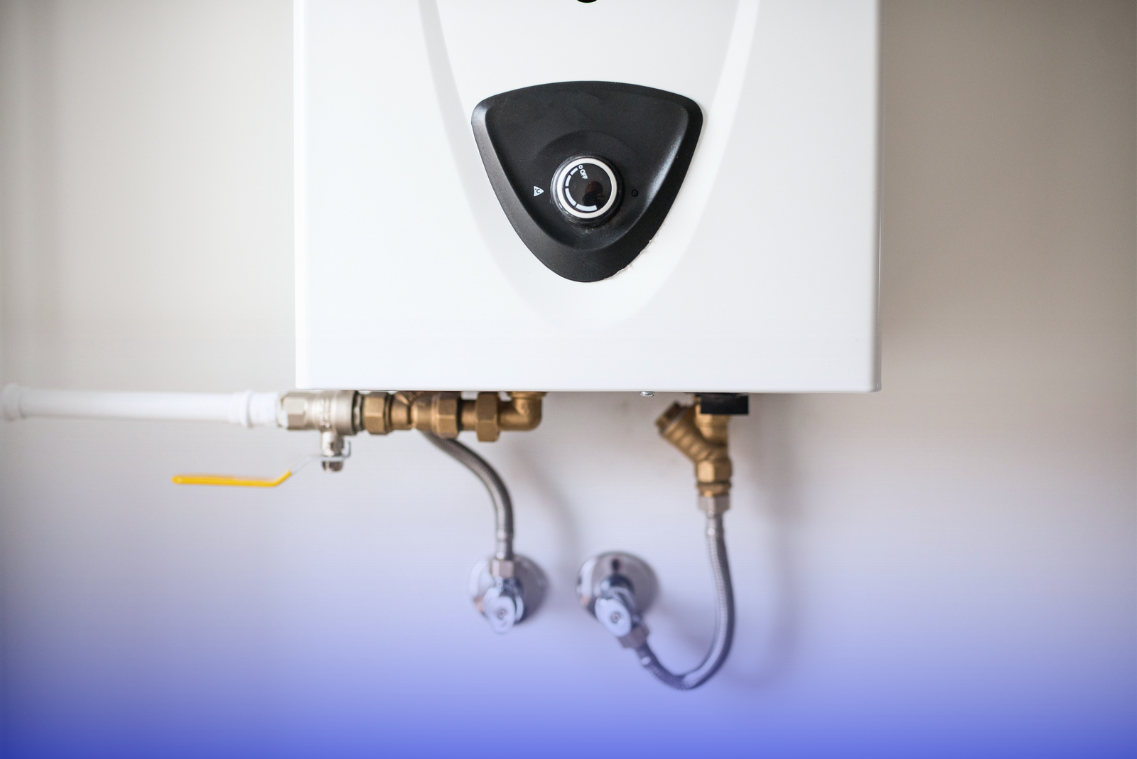
Do All Homes Need a Water Heater Expansion Tank?
Whether or not your home needs an expansion tank depends on your plumbing configuration and local codes.
You likely need one if:
- Your home has a closed plumbing system (often with a check valve or pressure-reducing valve on the main line)
- You’ve experienced leaking temperature-pressure relief valves on the water heater
- You’re installing a new water heater, especially a high-efficiency model
- Your municipality requires one per plumbing code (many do)
In open systems, water expansion can flow back into the municipal supply. But in closed systems, it has nowhere to go—making an expansion tank essential.
Benefits of Installing a Water Heater Expansion Tank
Installing an expansion tank may seem like a small step, but it offers significant benefits:
- Extends water heater life by reducing internal stress
- Protects pipes and fixtures from high-pressure surges
- Prevents leaks caused by expansion-related fatigue
- Keeps pressure within safe limits, even in peak usage
- Helps comply with building codes and warranty requirements
An added benefit is improved household comfort. Fluctuating water pressure can affect showers, dishwashers, and even laundry appliances. A well-functioning expansion tank helps stabilize pressure across all plumbing fixtures, leading to a more consistent experience.
What Happens If You Don’t Have One?
Without a water heater expansion tank, you risk consistent over-pressurization of your plumbing system. In many cases, the temperature-pressure relief valve on your water heater will start dripping, signaling a problem. Ignoring this can lead to costly damage or complete appliance failure.
You might also notice:
- Unusual sounds from pipes or the heater
- Faucets that drip even when turned off
- Reduced performance in plumbing fixtures
- Pressure surges when using multiple taps
Over time, this seemingly minor omission can contribute to major repair costs. Plumbing materials—especially in older homes—are not built to handle repeated pressure spikes.
Additionally, some manufacturers require an expansion tank to maintain the warranty of the water heater.
Is It Worth Adding One?
Absolutely—especially if you’re installing a new water heater or experiencing unexplained pressure issues in your home. An expansion tank is a relatively low-cost component that provides long-term protection. It’s a proactive step that helps avoid expensive repairs and keeps your system running smoothly.
For homeowners unsure whether their system requires one, a professional plumbing inspection is a good first step. At Fly Plumbing, our licensed technicians can evaluate your current setup and advise you on the best course of action.
We’ve helped countless homeowners improve the performance and longevity of their water heaters by adding expansion tanks tailored to their system’s pressure needs. Whether you're in a new home or upgrading an aging system, this small investment delivers big peace of mind.
Frequently Asked Questions
What is the purpose of a water heater expansion tank?
It absorbs excess water volume caused by thermal expansion, helping prevent overpressure in your plumbing system and protecting fixtures from damage.
Do I really need an expansion tank for my water heater?
If your home has a closed plumbing system, an expansion tank is highly recommended—and often required by plumbing codes—to manage pressure safely.
How do I know if my expansion tank is working?
A properly working expansion tank will absorb pressure silently. If you hear water hammer, see leaks, or notice dripping from the pressure relief valve, it may not be functioning properly.
